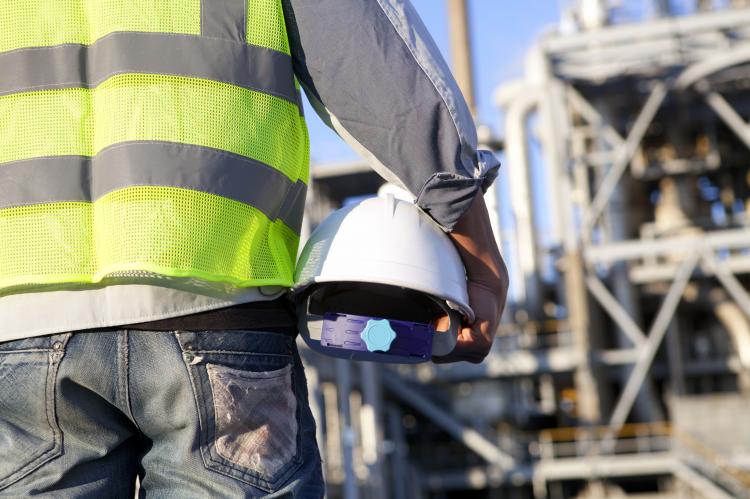Ensuring the Technical Safety of Gas Infrastructures in Germany

An extensive gas infrastructure system crisscrossing Germany ensures the high reliability of supply of heat and electricity to the civilian population, of process heat/heat energy and natural gas as a raw material for organic chemistry to the industry, of highly efficient primary energies to power plants, and of alternative environmentally friendly fuels (CNG/LNG) to the transport industry.
The German gas supply system excels in its high level of technical safety, which is not least due to the constant advancement of technical standards in the course of the DVGW’s work on the Set of Rules. The focus of this article is on the statistical evaluation of damage incident and accident data, the holistic safety concept of the DVGW, and on the further development of the Set of Rules, taking into consideration current case law and scientific investigations as well as an adjustment of the DVGW codification processes. It additionally discusses aspects that will affect the gas infrastructure in the context of the energy turnaround. This paper is the first of a series of technical articles that deal with the safety-related challenges facing the gas infrastructure.
The German gas grid currently consists of 550,000 km worth of closely intermeshed pipelines. Gas transmission lines cover nearly all of Germany (Figure 1). The structure shown in the figure has been built and expanded over the last two to three decades using cutting-edge technologies and materials.
